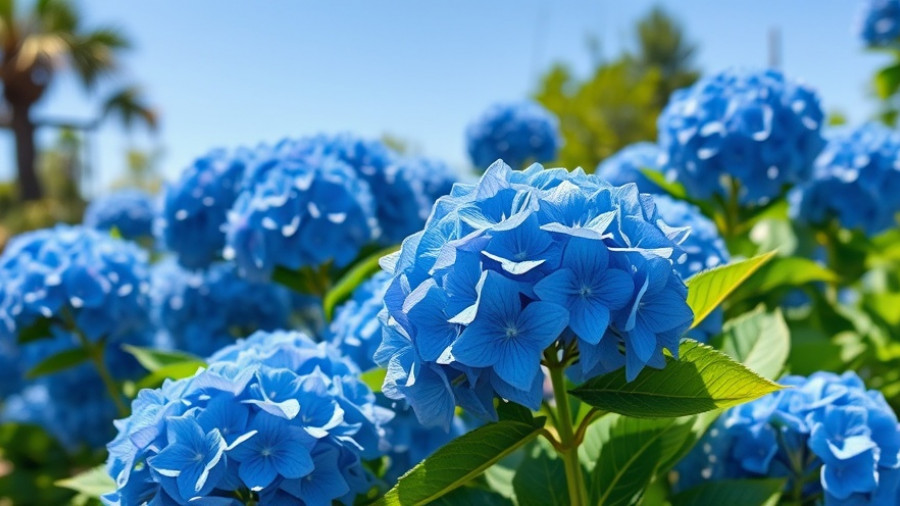
Winter Preparation: Essential Tips for Homeowners
As the cold months approach, winter prep becomes essential for every homeowner. The recent episode of Ask This Old House showcases crucial tips that can make a significant difference in preparing your home for winter conditions. From snow removal techniques to tool selection and maintenance, addressing these issues early can save you pain later in the season.
In ASK This Old House | Winter Prep, Miter Saw Station (S22 E8) FULL EPISODE, our experts discuss vital strategies for winter preparation and snow management, prompting an evaluation of how we can further prepare our homes.
Eco-Friendly Snow Removal Solutions
One of the highlights of the episode was Lee's insightful advice on snow removal. He discussed using magnesium chloride, which is not only effective in melting ice but also safer for the environment and your pets. Unlike traditional rock salt, which can harm vegetation and animals, magnesium chloride is a better choice for conscientious homeowners who want to maintain their garden and keep their pets safe while efficiently clearing driveways and walkways.
Choosing the Right Snow Removal Tools
During winter, the right equipment can make snow removal easier and more efficient. Lee presented various shovels and snow blowers, emphasizing the importance of selecting tools that suit your property and your physical strength. For instance, while a smaller shovel may be perfect for quick operations, a larger one is better suited for extensive tasks like clearing driveways. Understanding the right tool for the job not only aids efficiency but also reduces the risk of injury.
Maintenance Matters: Keeping Your Equipment Ready
One of the key themes from the episode was equipment maintenance. Lee highlighted that maintaining a snow blower involves checking the spark plug and oil levels periodically. For homeowners, these straightforward maintenance tasks can extend the life of their equipment significantly. Additionally, knowing when to replace essential parts, like the auger, is crucial to ensuring optimal performance when the snow starts falling.
The Importance of Good Winter Preparation Practices
Proper winter preparation isn't just about snow removal. It's an opportunity for homeowners to assess their property and discover potential problem areas that could affect their home during the colder months. Checking insulation levels, ensuring heating systems are functioning properly, and inspecting pipes for potential freezing risks are all crucial aspects of protecting your home.
Creating Smart Workspaces for Home Improvement Projects
The episode also featured Tom crafting a new miter saw station. For DIY enthusiasts, having a well-organized and functional workspace is essential. Tom’s approach of building a workspace that can be wheeled around provides flexibility, whether for cutting materials indoors or outdoors. This concept can be applied to any home improvement project—the organization and accessibility of tools often determine the project's success.
Seize the Moment: Get Your Home Ready for Winter
Winter can bring challenges, but being proactive can help mitigate them. Utilize the insights from Ask This Old House to prepare your home effectively. Whether it’s upgrading your snow removal strategy or investing in proper tools for home improvement projects, these steps will help ensure your home remains safe and functional through the cold months.
As winter approaches, don’t get caught unprepared—make your list, gather your materials, and tackle these needs early. Additionally, share your DIY projects or winter prep strategies with others to foster community learning and support. Take the time now to prepare your home, and you’ll appreciate your efforts when the snow begins to fall.
 Add Row
Add Row  Add
Add 




Write A Comment